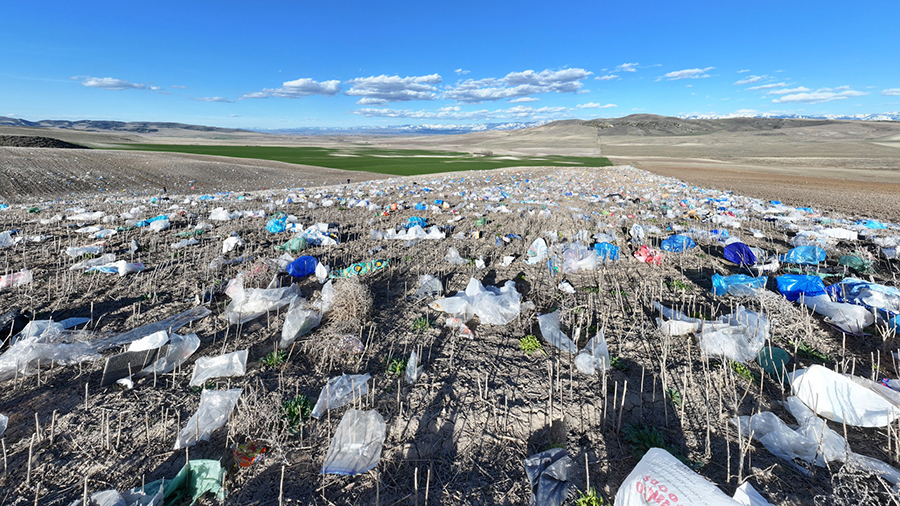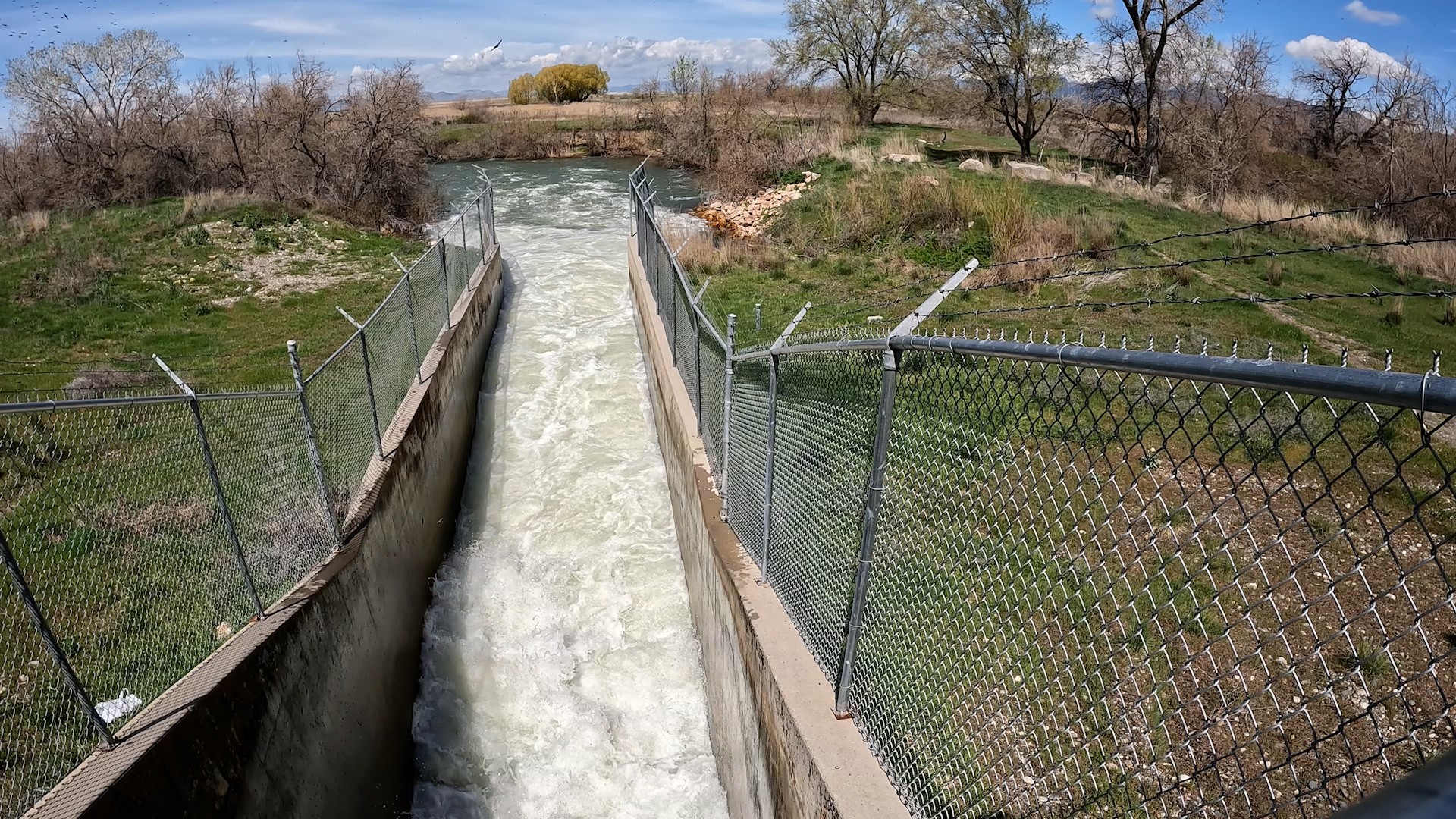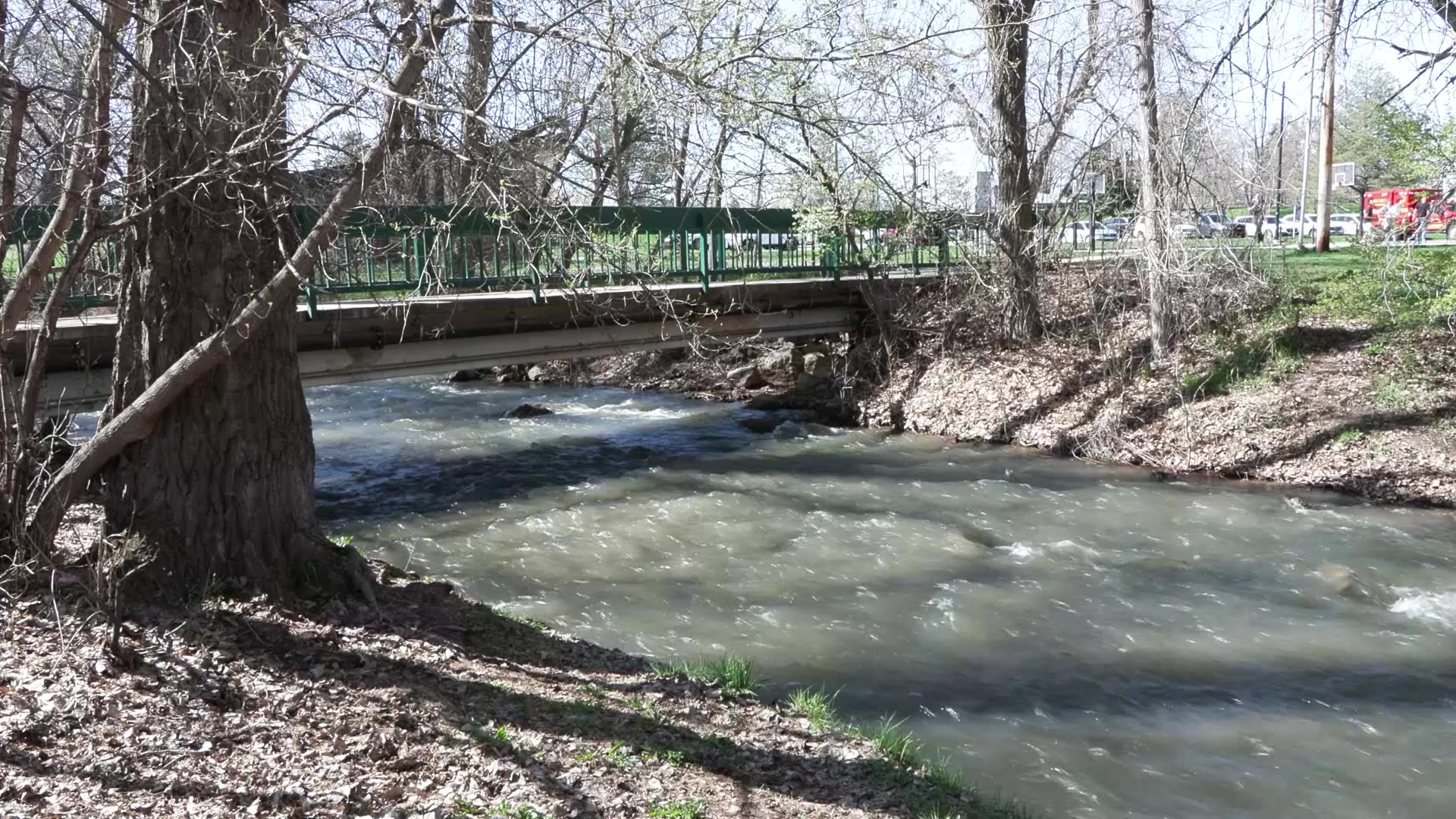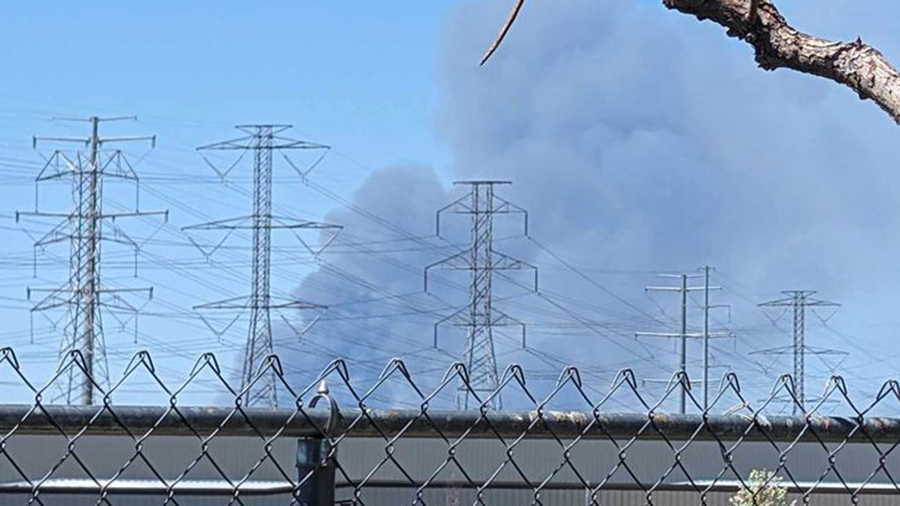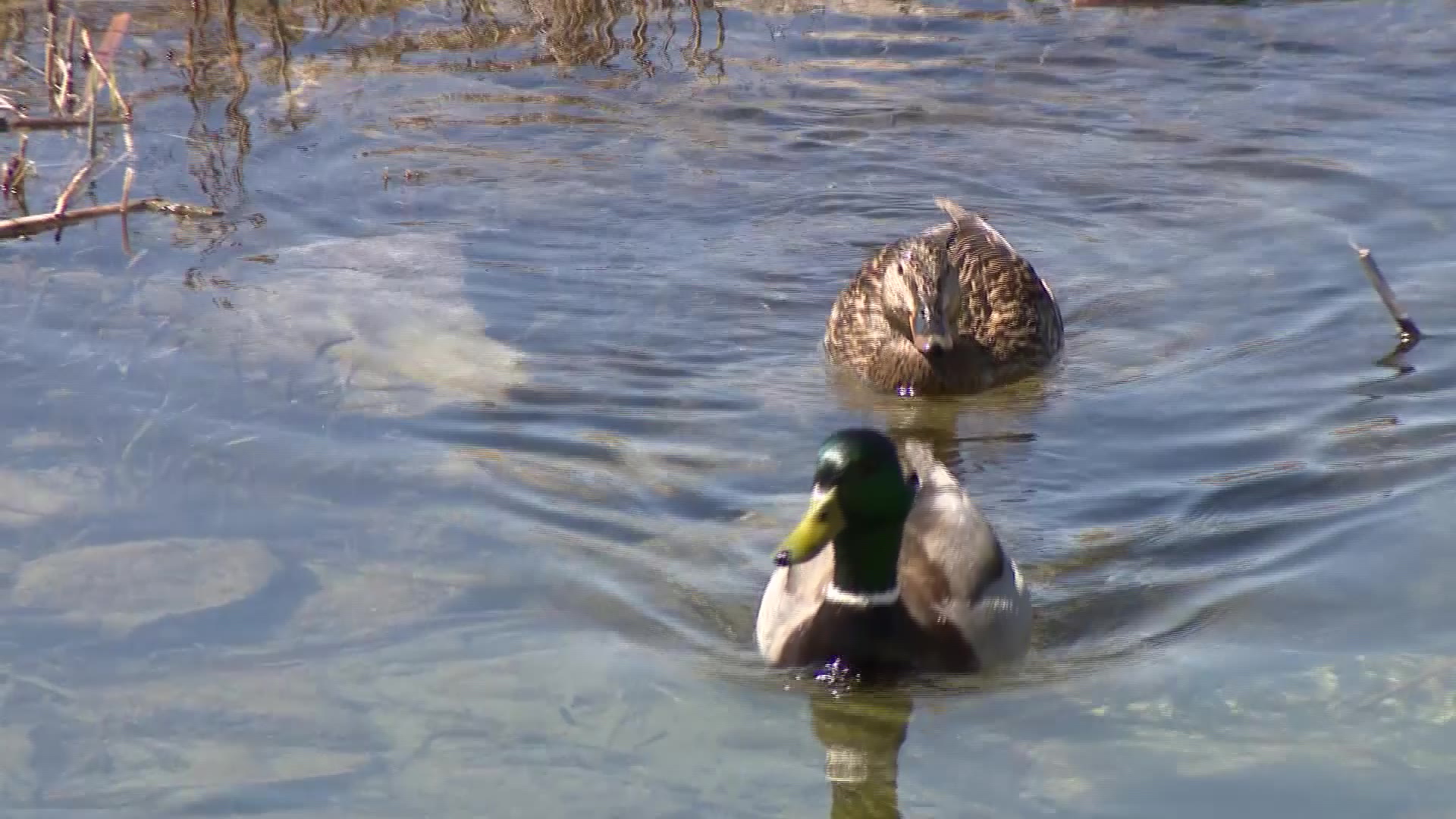Experiencing 62 degrees below zero at Peter Sinks
Jan 31, 2023, 6:30 PM | Updated: 7:05 pm
PETER SINKS, Utah — Tuesday marked another day of arctic temperatures in Utah with some areas even colder than Monday.
However, no place was colder than Peter Sinks in northern Utah on Monday, with the low there at minus 62 degrees. The area had not seen a temperature that low since 2002.
Timothy Wright is a graduate research assistant at the Utah Climate Center at Utah State University.
“Minus 62.1 was the one-minute average. The second absolute minimum was minus 63.4,” the self-admitted cold weather chaser said.
The natural limestone sinkhole in the Bear River Mountains tied for the coldest temperature the state has seen in 21 years.
He has researched the climate at Peter Sinks for more than two decades. “I wish I had gone up and experienced it myself,” Wright said.
While he was not there for Monday’s negative 62 degrees, he was there Tuesday when the temperature hit negative 55 degrees. He worries that the super cold temperatures at Peter Sinks are becoming uncommon.
“There’s a very small group of us that like to go up and hunt cold air, so to speak. And there’s certainly been more disappointment in the last 10 to 20 years than in the prior decades because it’s less frequent,” he said. “It’s just a different world at minus 60.”
Even though Wright didn’t get to experience Monday’s temperature, another group of Utahns did.
“I noticed last night that it was going to get cold, so I texted a couple friends and said, ‘Hey, do you want to go with me,’” Engineer Taylor Bybee said. “It took me a couple of hours to fall asleep just because I was so excited.”
In the early dark and cold, they ventured to the Middle Sink, just a couple of miles from Peter Sinks where it was 58 degrees below zero.
Bybee said, “And then, all of a sudden, it hit you. You could feel the temperature difference from minus 30 and minus 60.”
It wasn’t Taylor’s first go around in frigid temperatures. He once visited Middle Sink when it dropped to minus 25 degrees and again at minus 35 degrees.
Taylor described the experience, “Everything around you is completely still and there’s almost no movement.”
So why is this spot in the Bear River Mountains so cold? Science has a perfectly reasonable explanation and it’s in the name.
“That air mass in this one was so dry that it allows for the infrared radiation to leave the surface which helps cool the surface so much faster,” Wright said. “You have this bowl and what happens is, the cold air at night, it forms near the surface and because cold air is more dense, it flows downhill like water and it fills this bowl.”
Taylor said his winter weather adventures will continue. He plans to bring his kids along with him someday.



